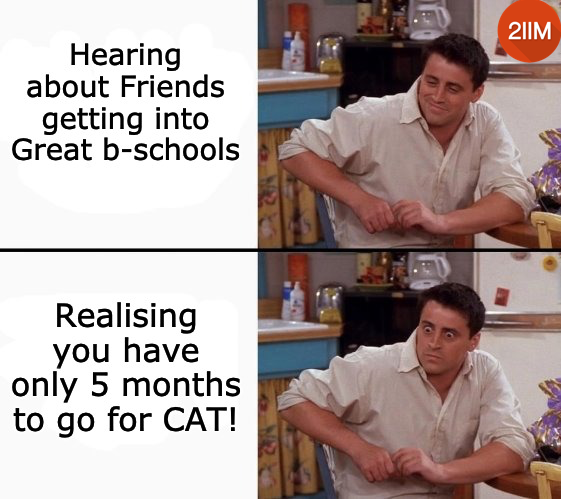CLAT Logical Reasoning
CLAT Logical Reasoning section tests the candidates’ ability to frame arguments based on premise(s), and draw conclusions and inferences. Though the passages do not require as much prowess over the English language as such, the ability to read and comprehend them quickly will come in handy. This section is more about making logical conclusions about an idea, as inferred from the passages.
The following CLAT Logical Reasoning questions have been framed with adequate focus on the difficulty level of CLAT. The passages have been chosen with an eye on diversity of topics and the variety of themes and arguments.
Try these questions out for free, to check your mettle on CLAT Logical Reasoning!
CLAT 2020 Logical Reasoning: COVID-19 induced 'Force Majeure' in Contracts
Some readers wondered whether my reading of the crisis in the news media is about
journalism or about the news industry. Though the fortunes of the news industry have a
bearing on journalism, there is, indeed, a difference between looking at issues that govern
journalism and the factors that contribute to the financial stress of the media industry. Over
the last few years, I have been discussing the impact of digitalisation on journalism. The
pandemic has accelerated the process of digital transformation of the news media. Therefore, these issues need close scrutiny. One of the defining elements of analog journalism was the
way two crucial functions of journalism — bearing witness and making sense —
complemented each other and helped people make informed choices. When I talk about the
strength of analog, I am neither romanticising the past nor am I a Luddite. Most importantly,
I do not believe in nostalgia. Many scholars have established ―how rose-coloured glasses
always leads to an unfair distortion — looking back on the best of the past while comparing it
to the worst of the present.‖ Hence, when I talk about the digital information news
environment, I am talking about how there needs to be a conducive atmosphere for credible
information to resonate with the people. Literature on misinformation, disinformation and
malinformation reveals a new distinction in the minds of the citizens. Editors and journalists
have to contend with a new breed of sceptics. These are the people who trust social media
forwards more than evidence-based, data-driven journalism. Their confirmation bias flows
from encrypted social media platforms that are full of conspiracy theories.
[Excerpt from an Article by A.S. Panneerselvan, The Hindu, dated August 10, 2020]
What does the Author indicate when he quotes that "Rose coloured glasses always lead to unfair distortion"?
- Digital Journalism is twisted.
- Author means to say that he does not have any disproportionate bias for analog journalism.
- Rosy picture of every news cannot be created.
- All of the above.
Explanatory Answer
The line following the phrase is this - “…looking back on the best of the past while comparing it to the worst of the present”. The author mentioned this in the context of explaining his best efforts to be unbiased in his views. He goes on to say that he merely wants to point out the lack of conducive atmosphere for credible information in digital media.



CAT Coaching in Chennai
CAT 2021
Enroll at 49,000/-
44,000/-
Online Classroom Batches Starting Now!

